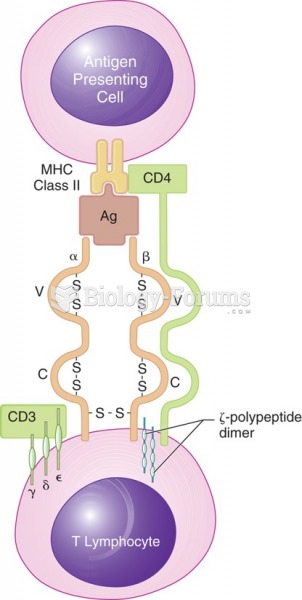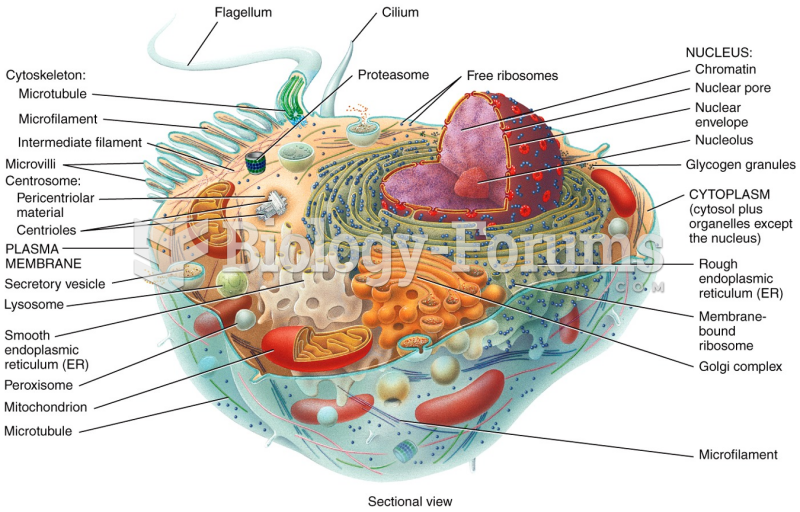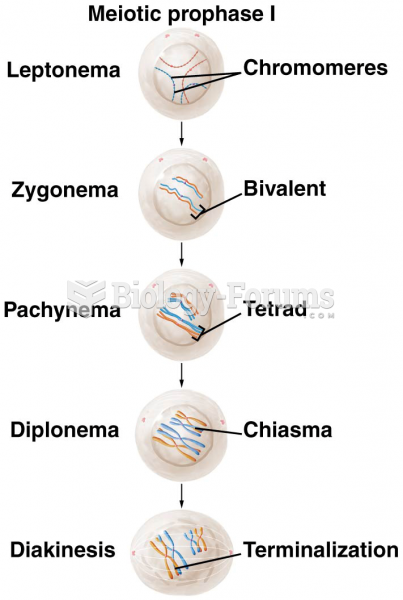|
|
|
Did you know?
Approximately one in four people diagnosed with diabetes will develop foot problems. Of these, about one-third will require lower extremity amputation.
Did you know?
Giardia is one of the most common intestinal parasites worldwide, and infects up to 20% of the world population, mostly in poorer countries with inadequate sanitation. Infections are most common in children, though chronic Giardia is more common in adults.
Did you know?
Everyone has one nostril that is larger than the other.
Did you know?
It is difficult to obtain enough calcium without consuming milk or other dairy foods.
Did you know?
The Romans did not use numerals to indicate fractions but instead used words to indicate parts of a whole.







